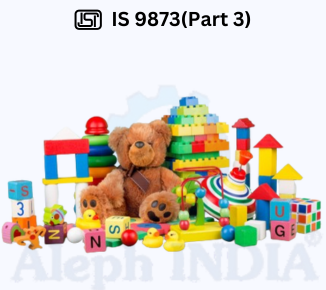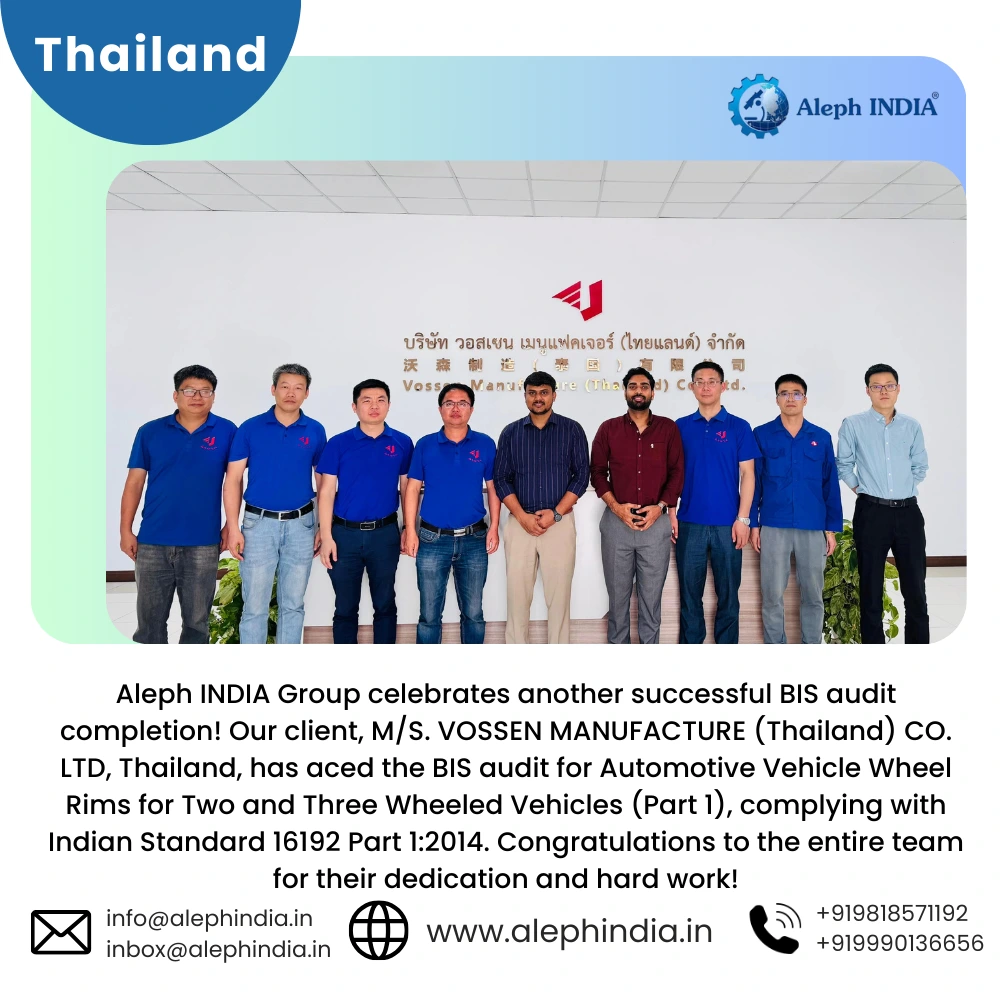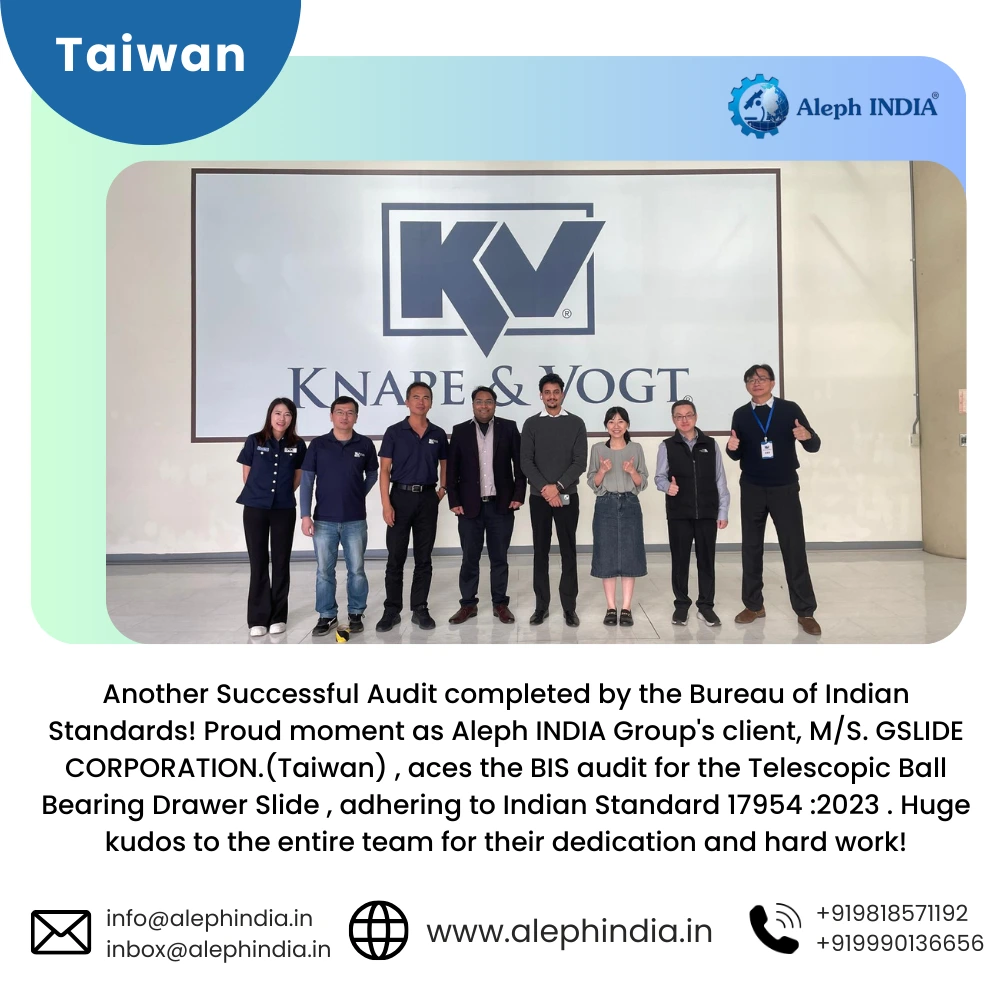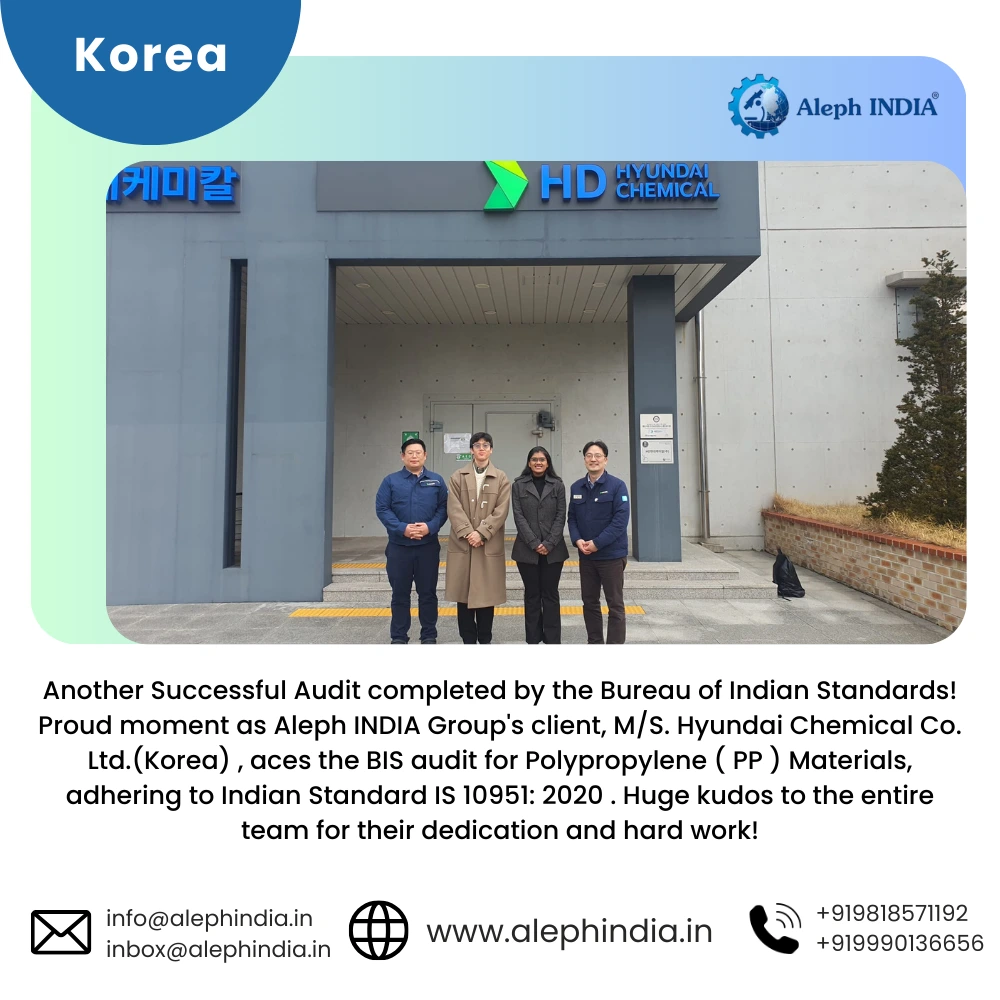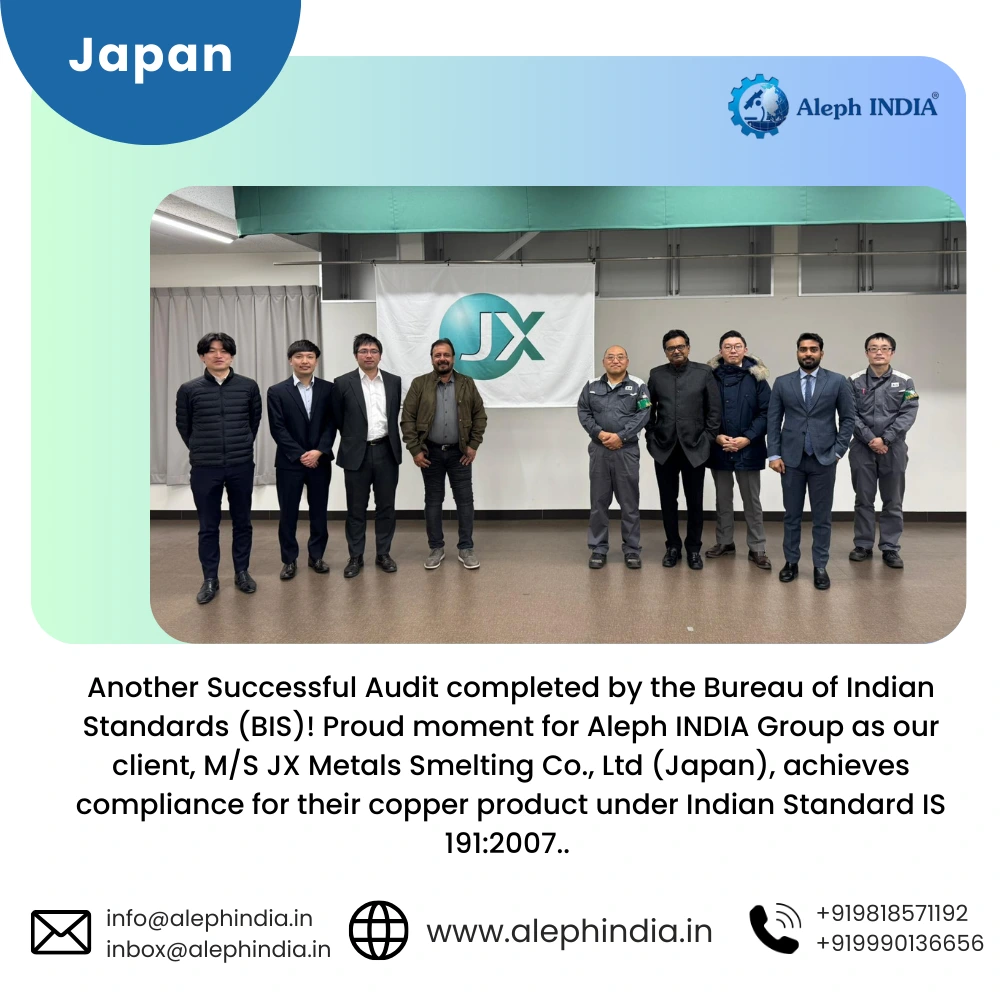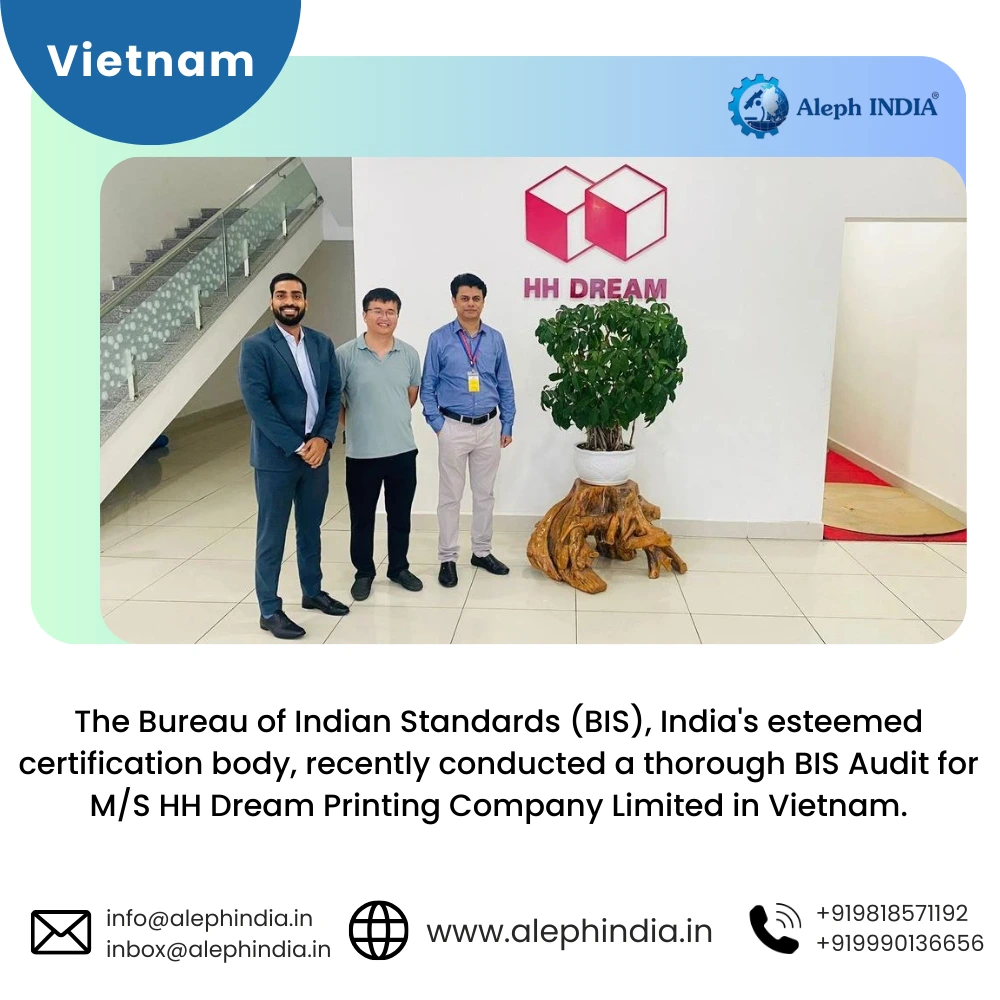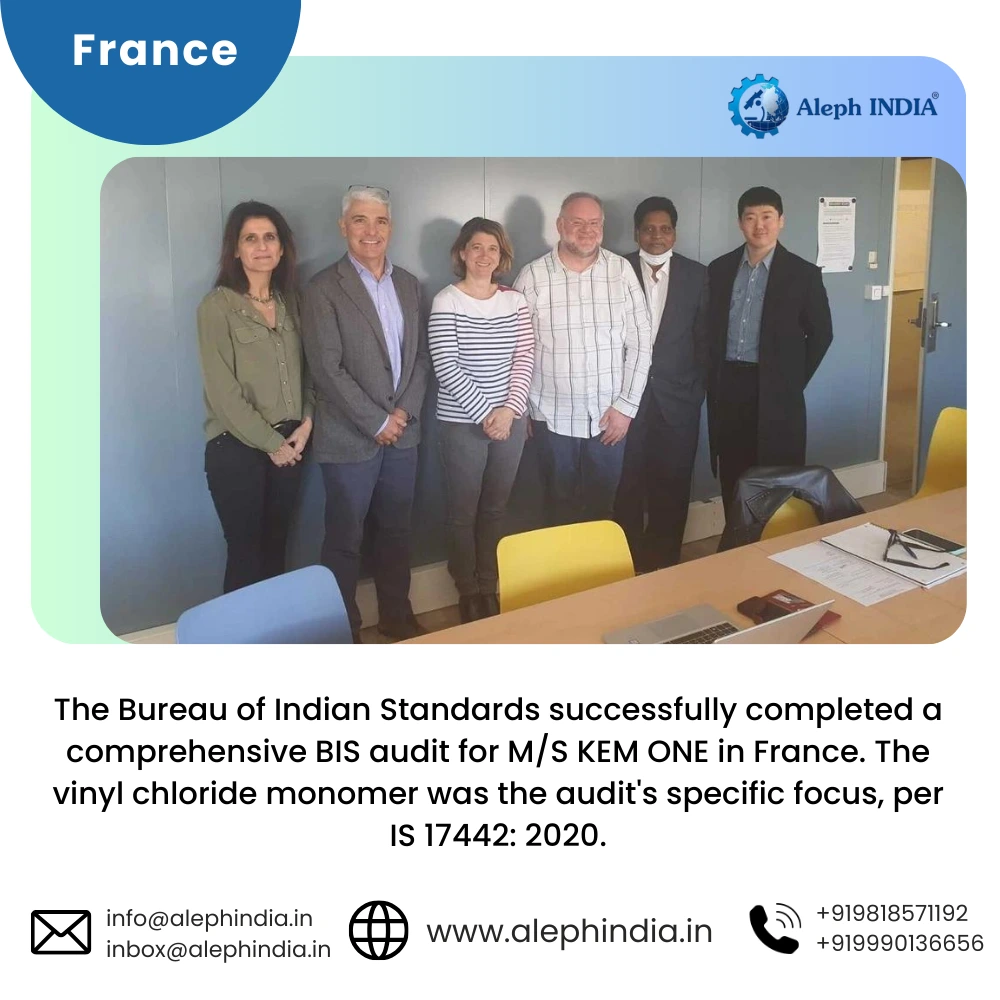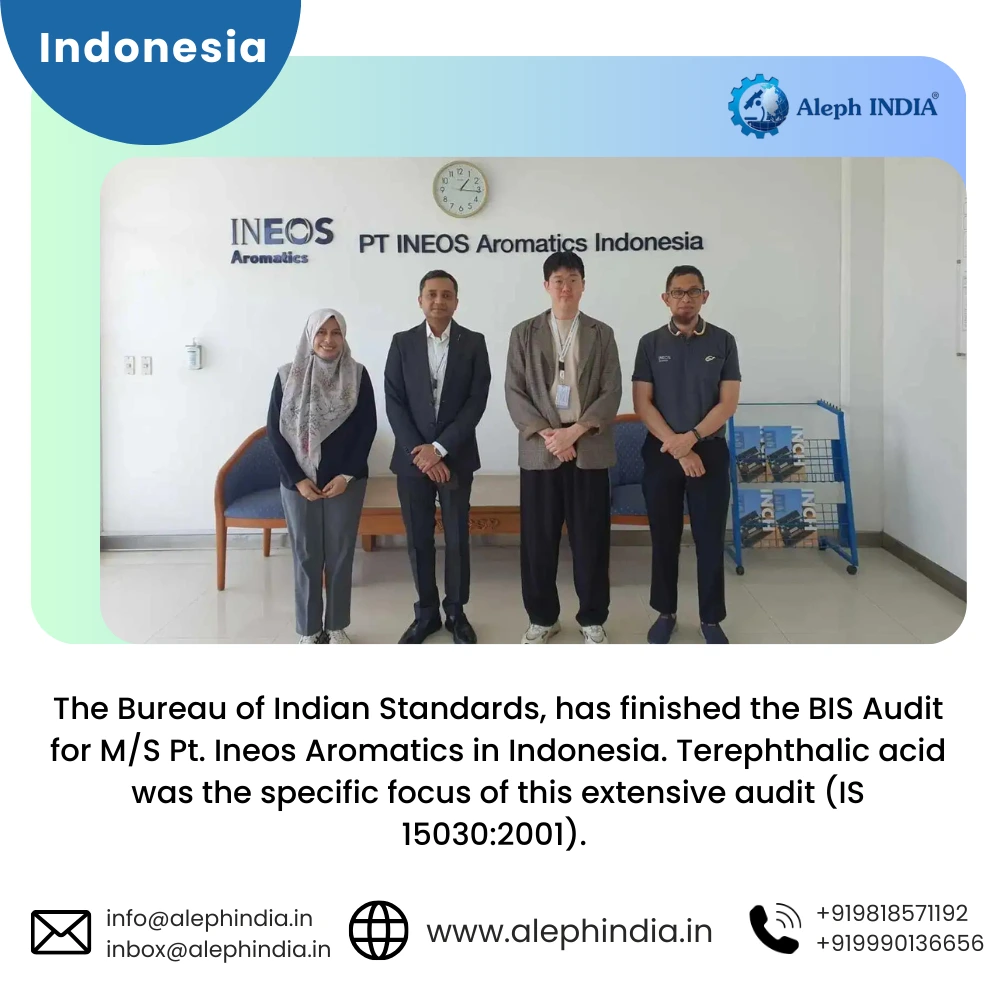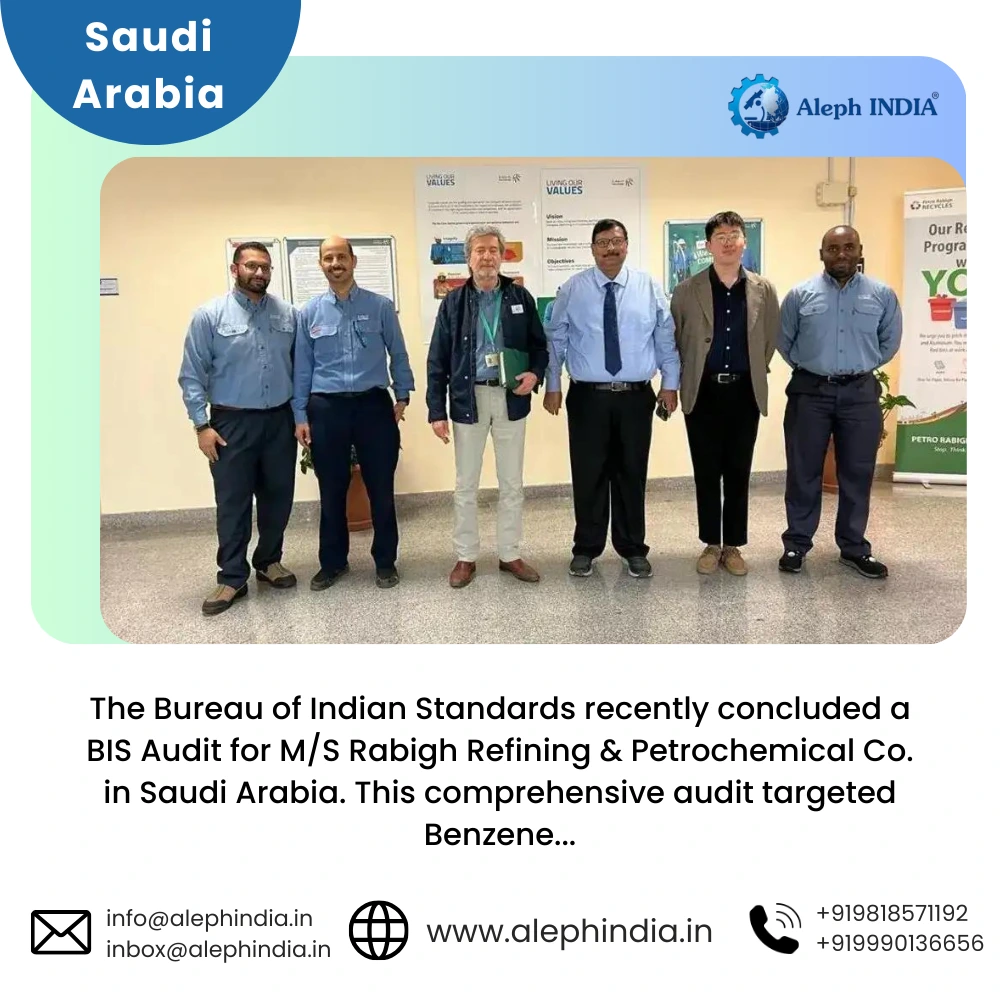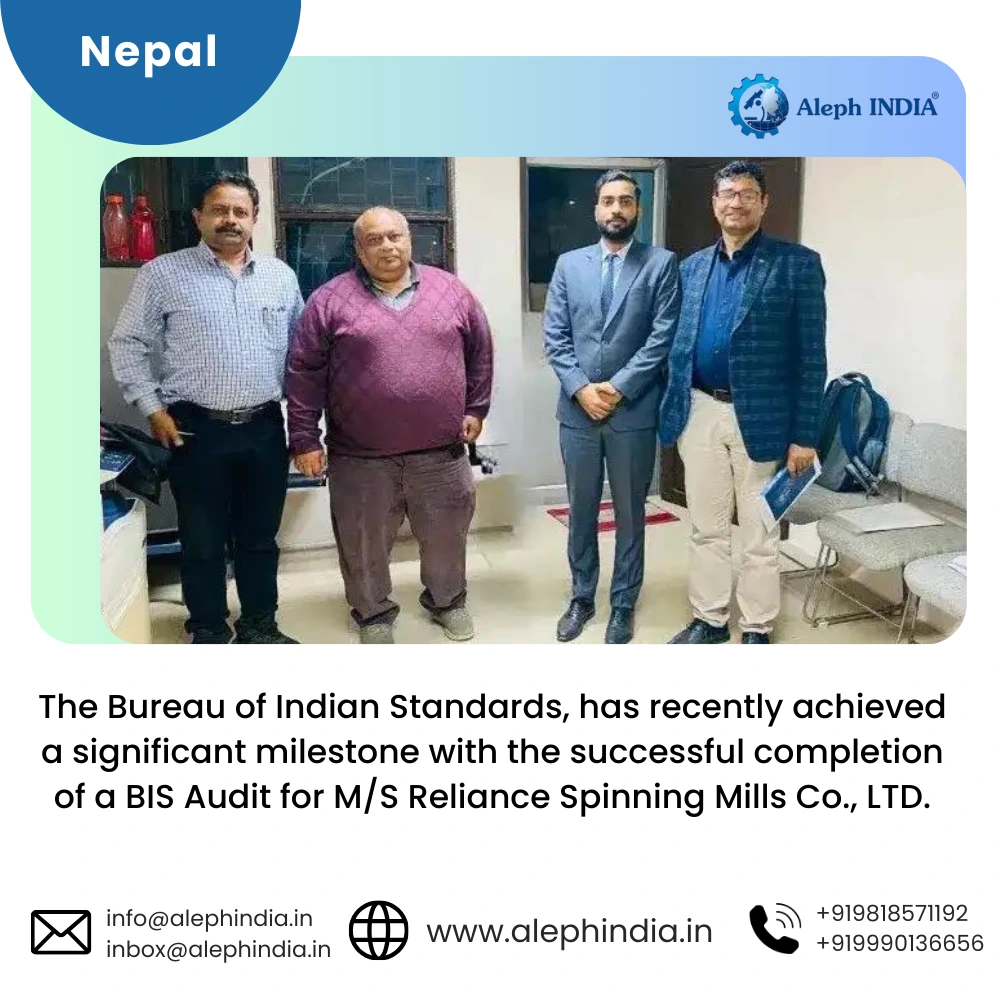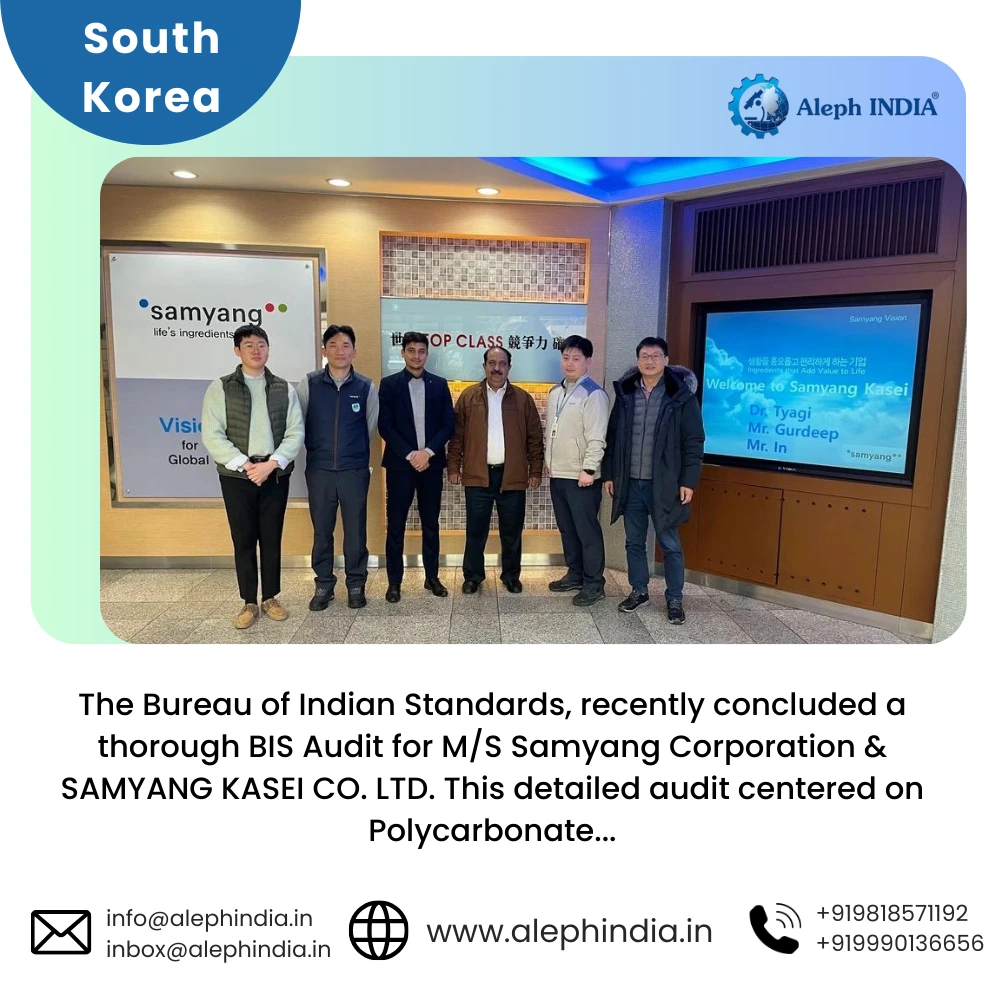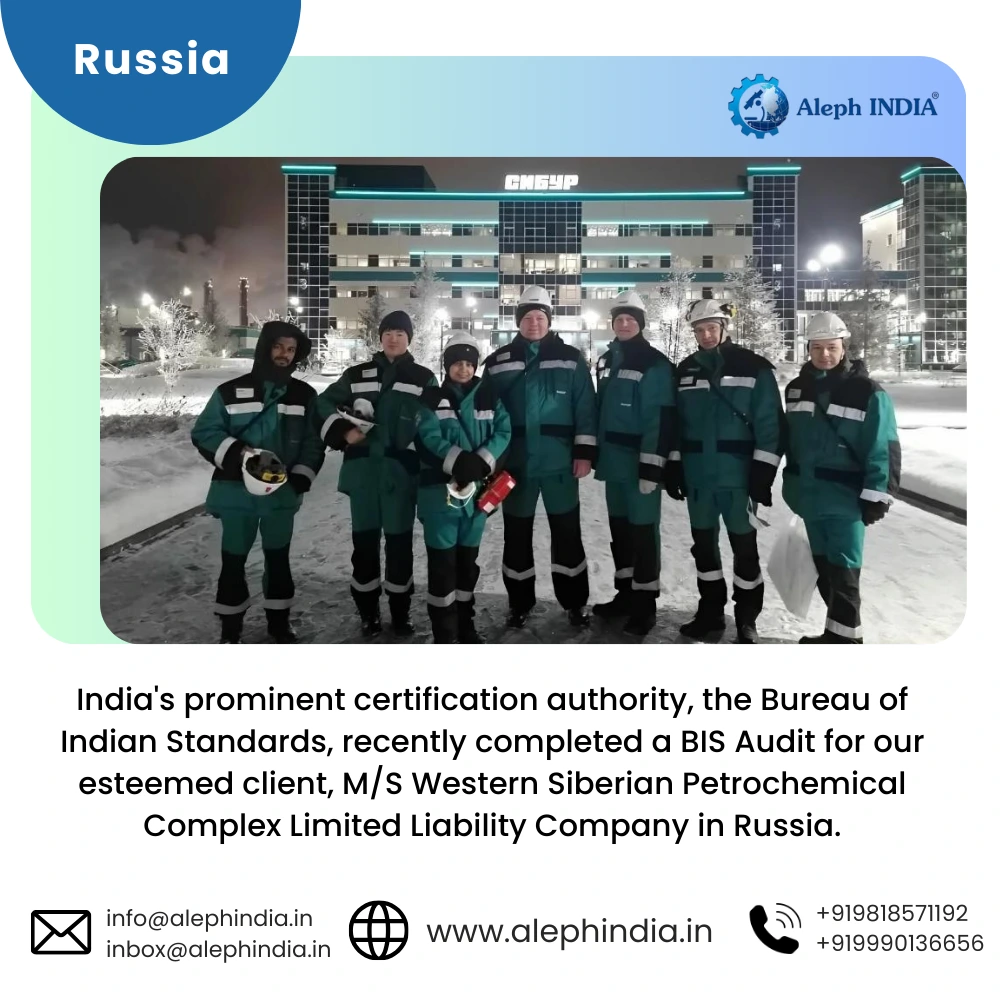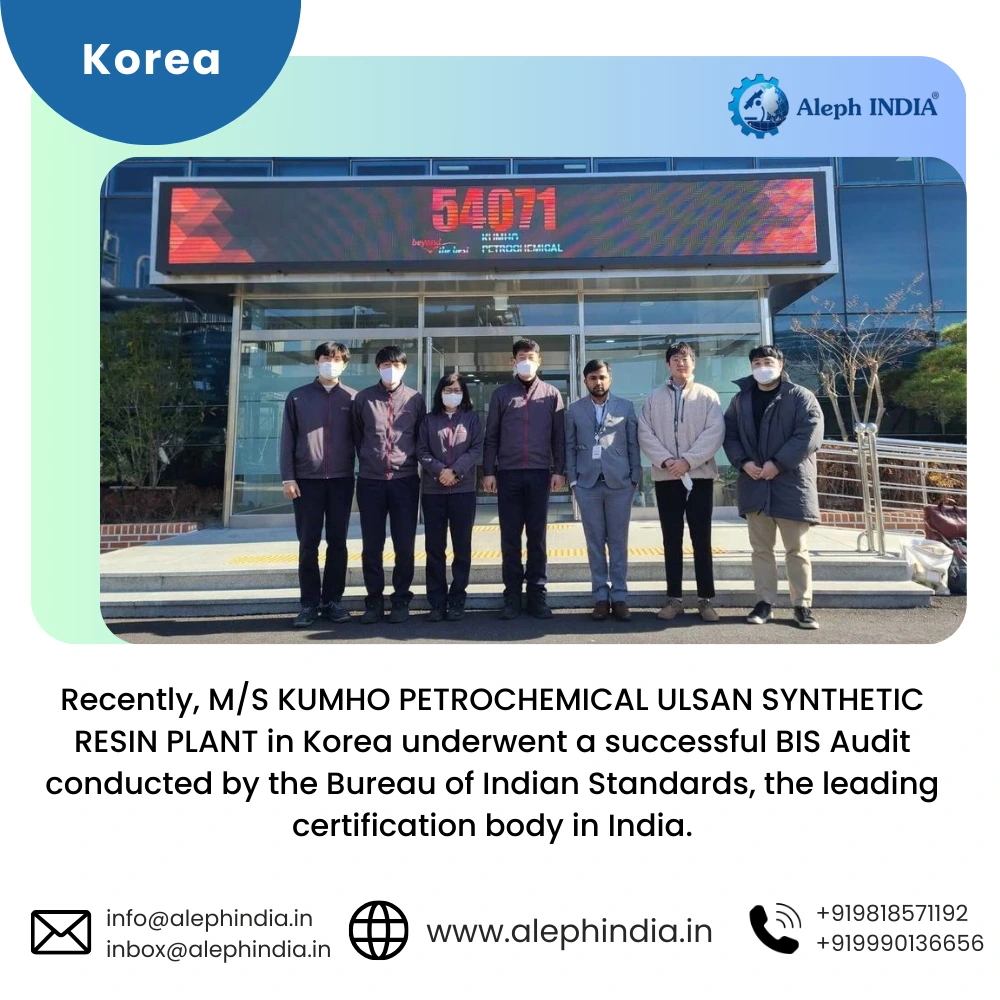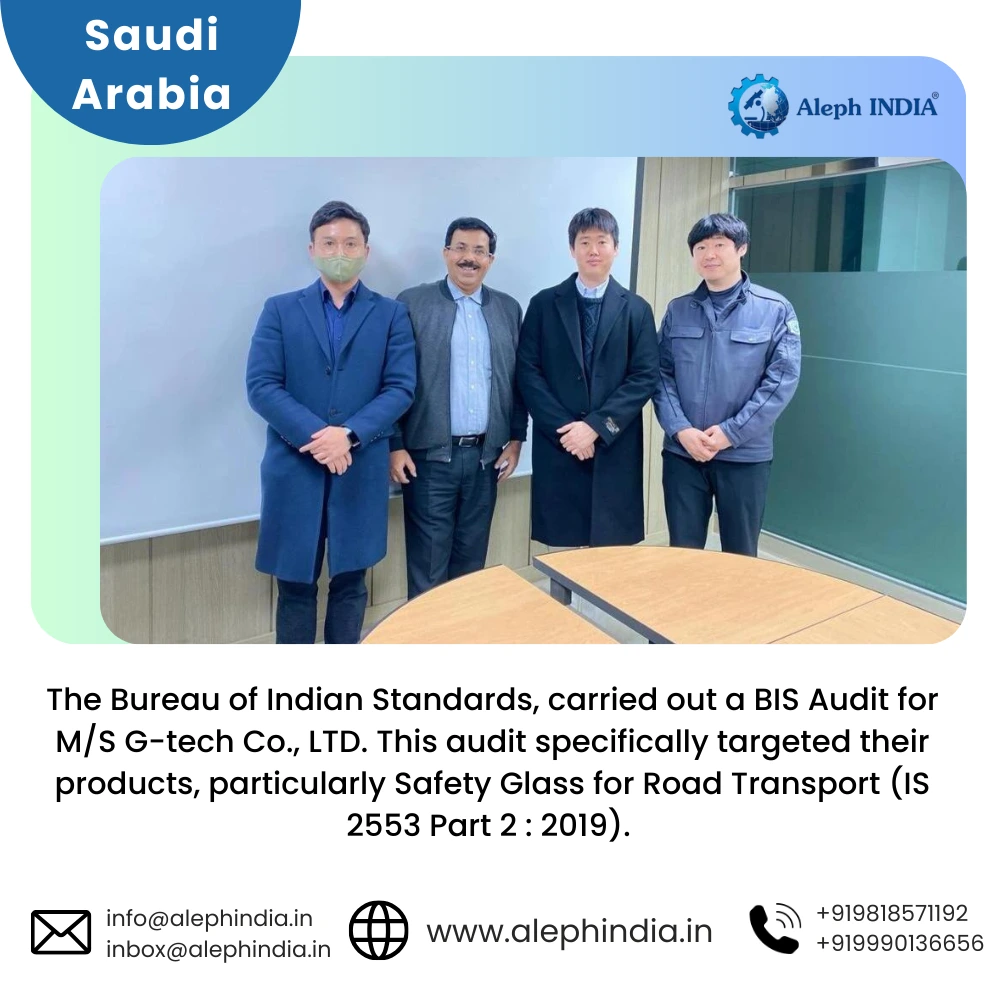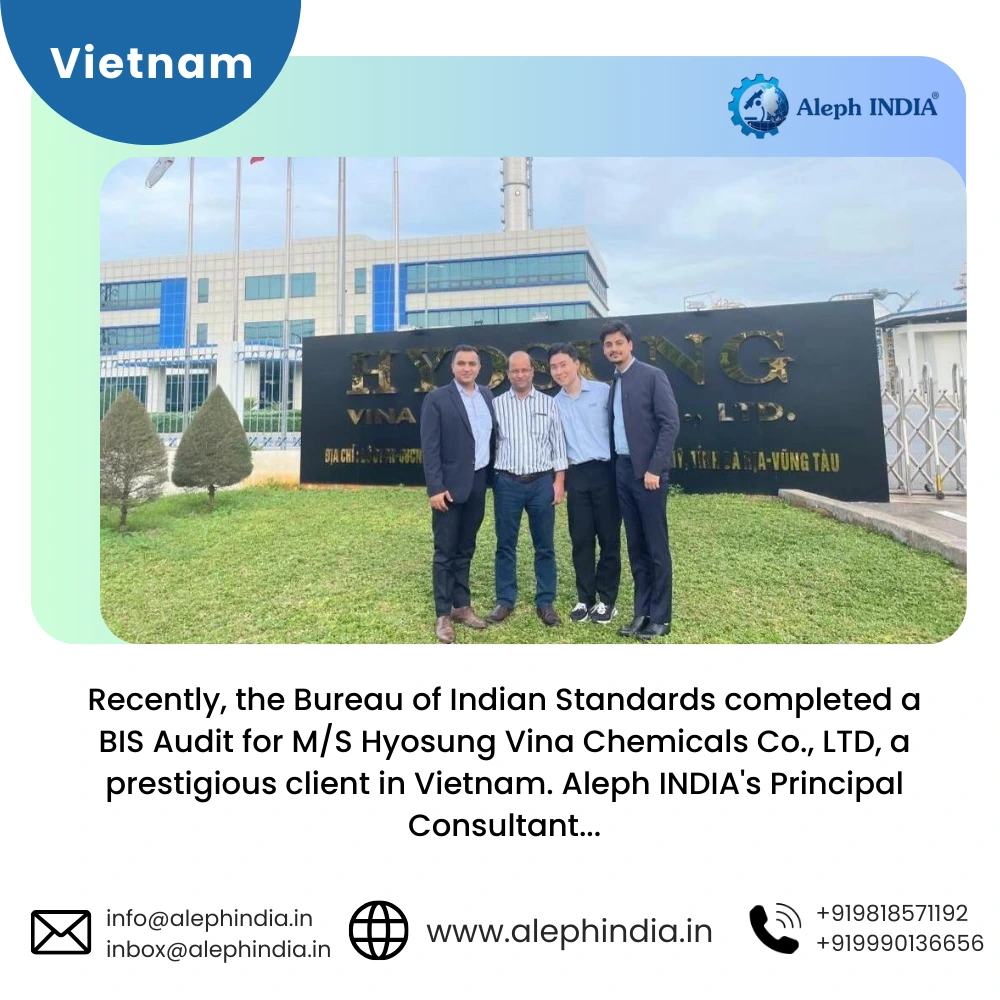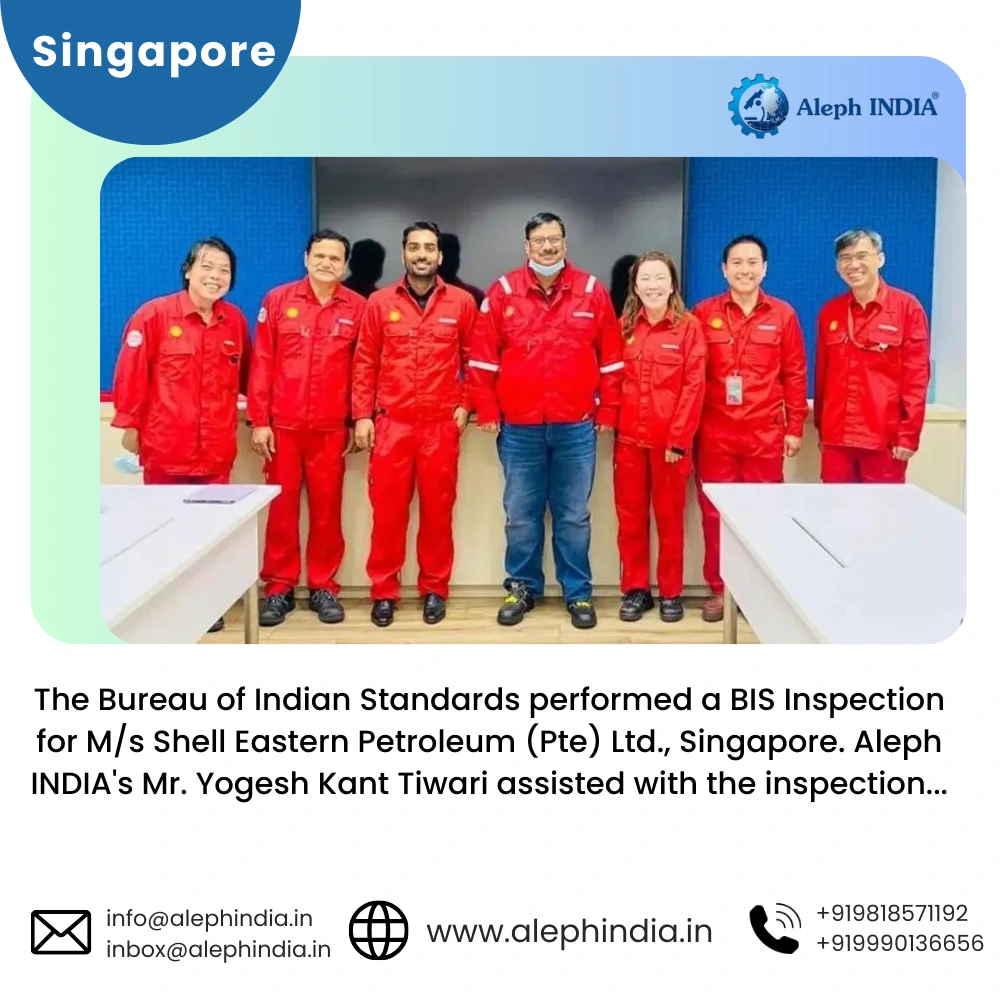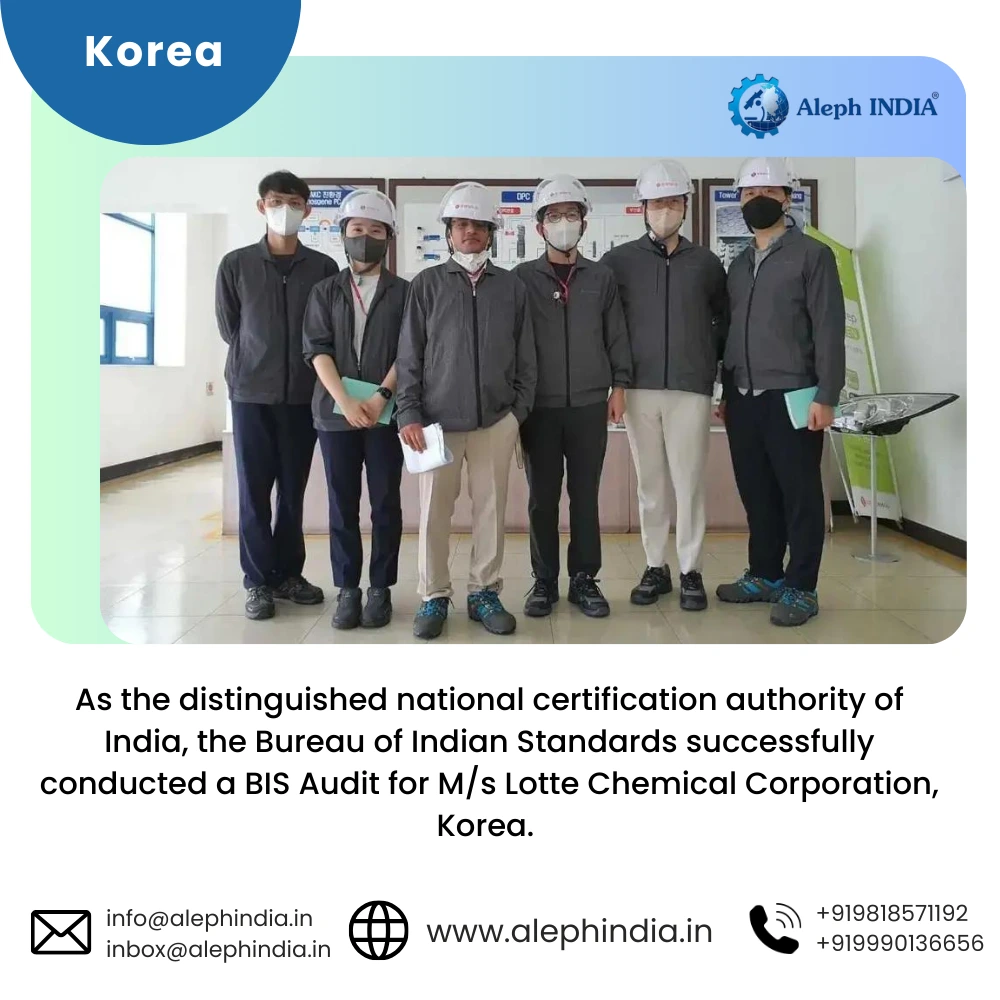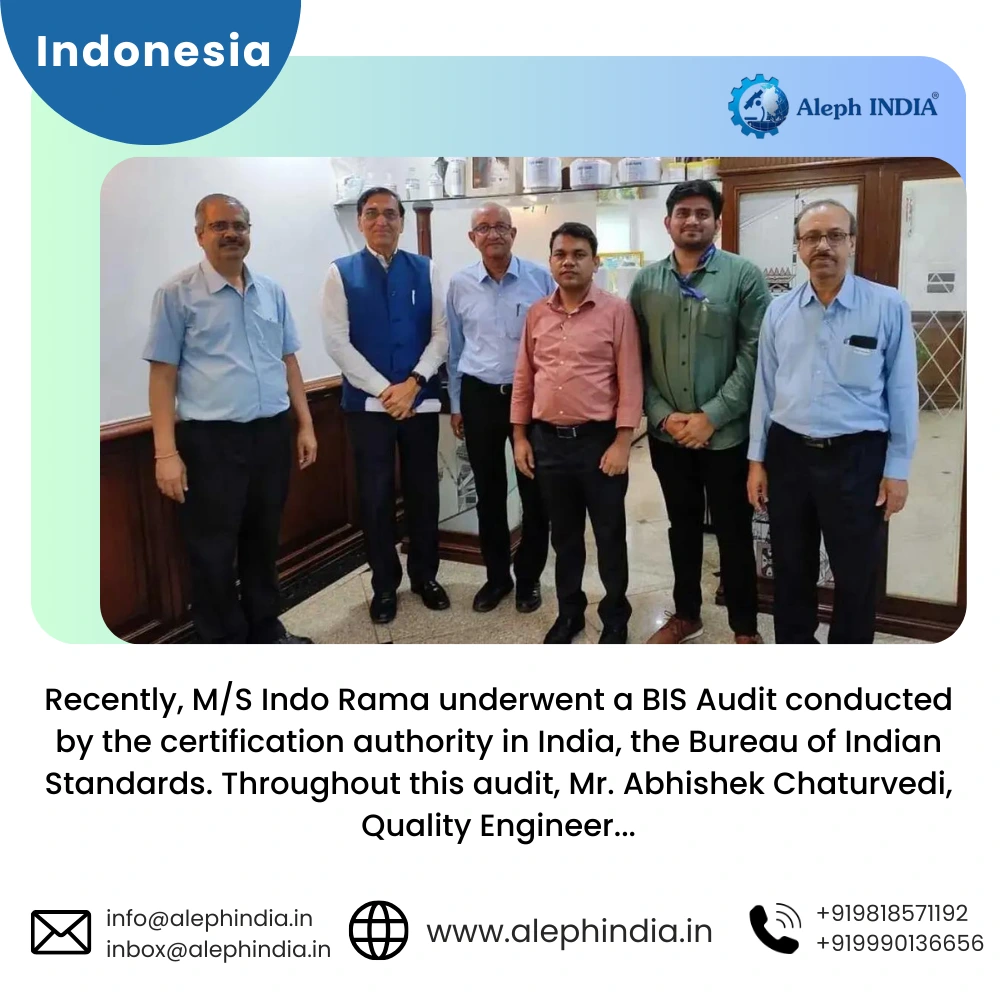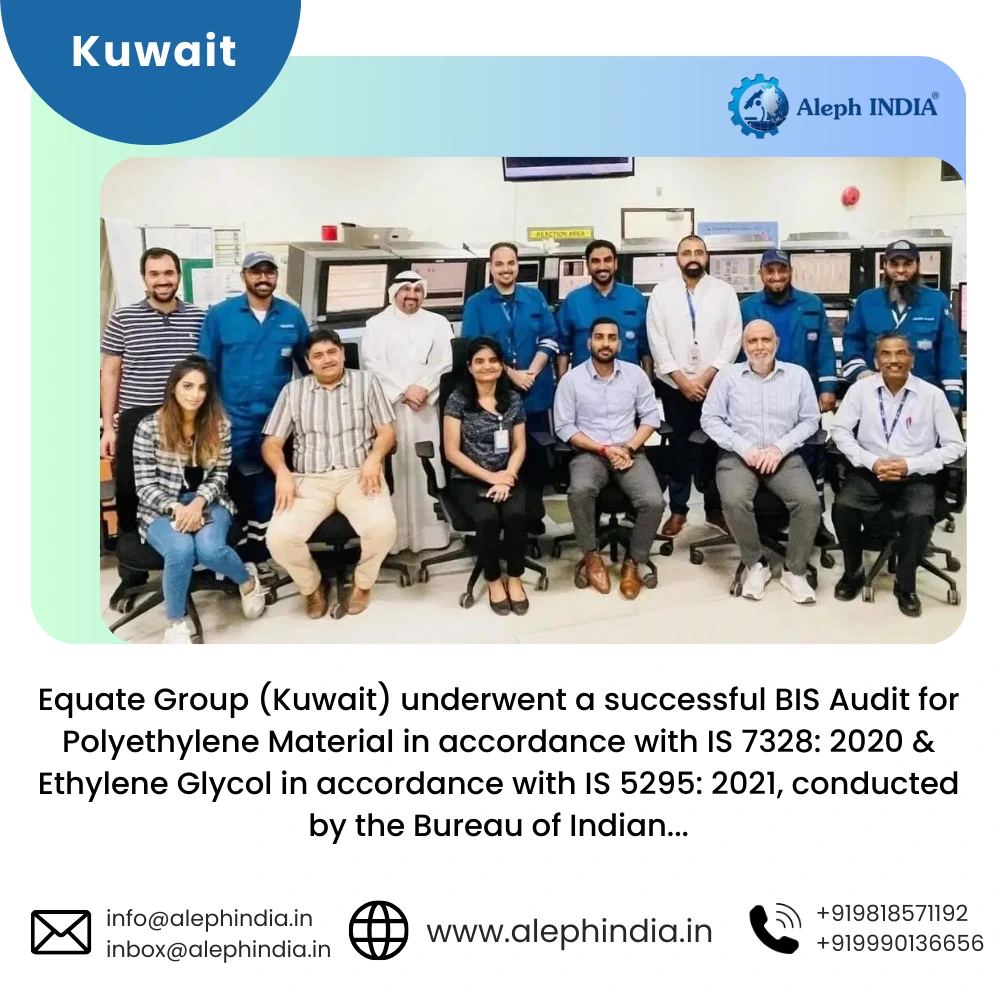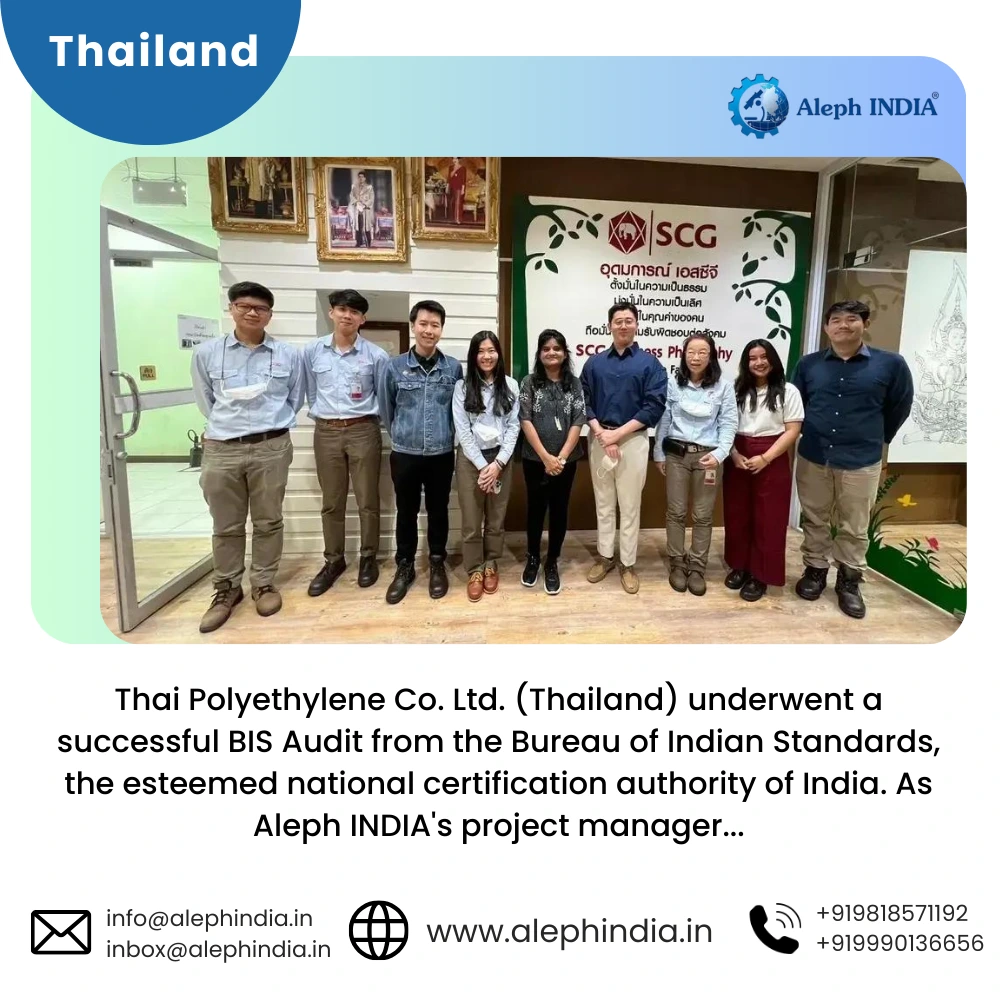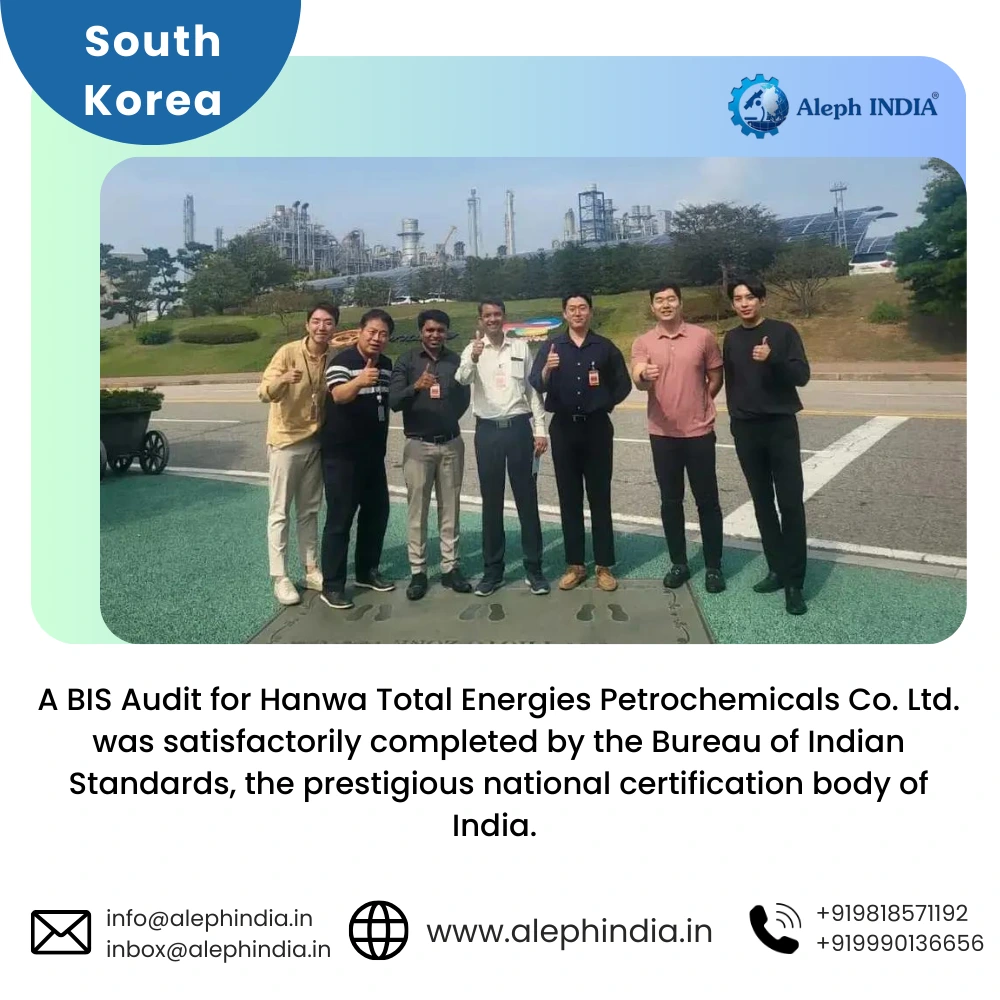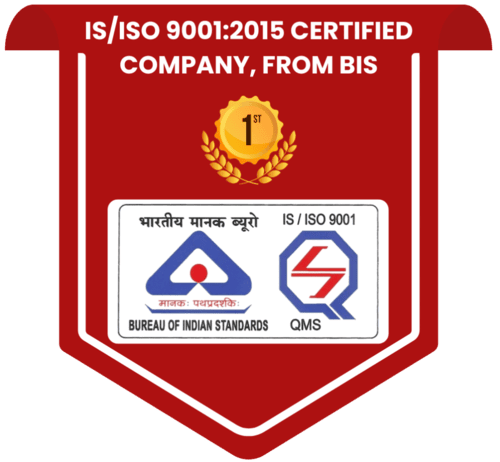BIS CERTIFICATION FOR SAFETY REQUIREMENTS FOR TOYS, PART 3: MIGRATION OF CERTAIN ELEMENTS IS 9873(Part 3)
Published Date: February 06, 2025 4 min Read
BIS certification plays a vital role in ensuring the safety of toys, and IS 9873 (Part 3): 2017 specifically addresses the migration of certain elements in toys. This standard regulates the permissible limits of toxic substances that may be present in toy materials, ensuring they do not pose health hazards to children. Compliance with IS 9873 (Part 3): 2017 is essential for manufacturers to guarantee that their products meet national safety standards, preventing risks associated with exposure to harmful chemicals.
IS 9873 (Part 3): 2017 – Safety of Toys, Part 3: Migration of Certain Elements
This standard establishes stringent safety parameters to control the migration of hazardous elements such as lead, mercury, cadmium, arsenic, chromium, selenium, and barium in toys. These substances, if present in excessive amounts, can pose serious health risks, particularly when toys are chewed, licked, or swallowed by children. The regulation applies to all materials used in toy manufacturing, including plastics, paints, coatings, metals, and textiles, ensuring that no harmful elements exceed the prescribed limits. The standard prescribes testing methodologies to assess the migration of these substances from toy components, ensuring that products meet safety requirements before reaching the market.
Benefits of BIS Certification for Safety of Toys
BIS certification under IS 9873 (Part 3): 2017 is mandatory for all toy manufacturers, importers, and sellers in India. This certification ensures that toys comply with strict chemical safety standards, minimizing the risk of toxic exposure. For manufacturers, BIS certification enhances product credibility, facilitates smooth entry into the Indian market, and ensures adherence to regulatory norms, avoiding legal penalties. It also boosts consumer confidence, as certified toys guarantee compliance with safety regulations. For consumers, especially parents, this certification assures that the toys purchased for their children are free from harmful substances, reducing potential health risks.
Key highlights
| Product Name | Safety Requirements for Toys, Part 3: Migration of Certain Elements |
| Applicable Indian Standard | IS 9873(Part 3):2017 |
| Applicable Certification Scheme | Product Certification Scheme (ISI Mark Scheme) Scheme 1 - Schedule 2 |
| Compliance Requirement | Mandatory |
| Quality Control Order | Click here | Scope as per Standard | This part of ISO 8124 establishes the maximum permissible levels for the migration of elements such as antimony, arsenic, barium, cadmium, chromium, lead, mercury, and selenium from toy materials and toy components. It also defines the methods for sampling and extraction before analysis. The standard applies to all accessible toy materials and parts, except for those deemed inaccessible as per ISO 8124-1. |
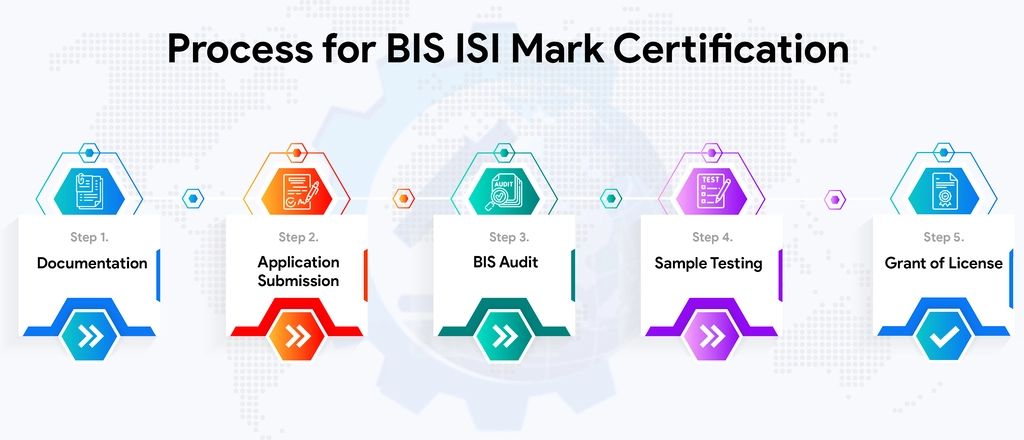
Note
For Detailed Information about the Procedure for BIS ISI Certification, Visit :
Timeline for BIS Certification
The estimated timeline for obtaining BIS certification under IS 9873 (Part 3): 2017 varies based on the manufacturer’s location:
- For Indian Manufacturers (Standard Timeframe – 30 days)
- For Foreign Manufacturers (Standard Timeframe – 180 days)
Conclusion
BIS certification under IS 9873 (Part 3): 2017 is crucial for ensuring that toys do not pose chemical hazards to children. Compliance with this standard protects young consumers from toxic exposure while enhancing trust in the toy industry.
Partner with Aleph INDIA for expert guidance in obtaining BIS certification and ensuring compliance with safety standards for toys.
Frequently Asked Questions
International Audits & Participation
Testimonials
BIS REGISTRATION FOR ELECTRONIC & IT PRODUCT
In the era of globalization, world trade is growing rapidly and henceforth, Manufacturing and Import/Export businesses are also growing drastically...View More
BIS CERTIFICATE FOR FOREIGN MANUFACTURER
The Economy of India-the fastest developing economy on the globe with the capabilities that help it matches up with the biggest international...View More
PRODUCT CERTIFICATION SCHEME (ISI MARK) FOR DOMESTIC MANUFACTURERS
Anything a person buys from food to cars, clothes to electronics, branded to unnamed products there is always a question that wanders in one’s...View More
WIRELESS PLANNING AND COORDINATION (WPC)
WPC: Wireless means communication done from one point to another point without the wires and cables. Electromagnetic waves carry the ...View More
BUREAU OF ENERGY EFFICIENCY (BEE) CERTIFICATE
BEE CERTIFICATE: Energy is the future, and its conservation is the way of the bright future. Everyone claims the environment is important...View More
E-WASTE MANAGEMENT
E-waste is one of the world's fastest-growing trash streams. We currently manufacture almost 50 million tones of it each year...View More
View All Services
Request a call back.
Would you like to speak to one of our Senior Technical advisers over the phone? Just submit your details and we’ll be in touch shortly. You can also email us if you would prefer.


